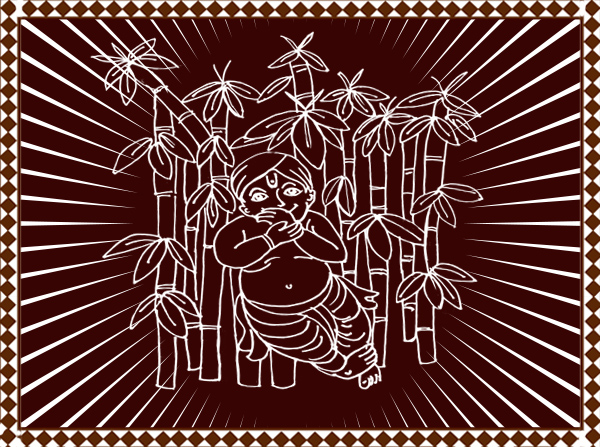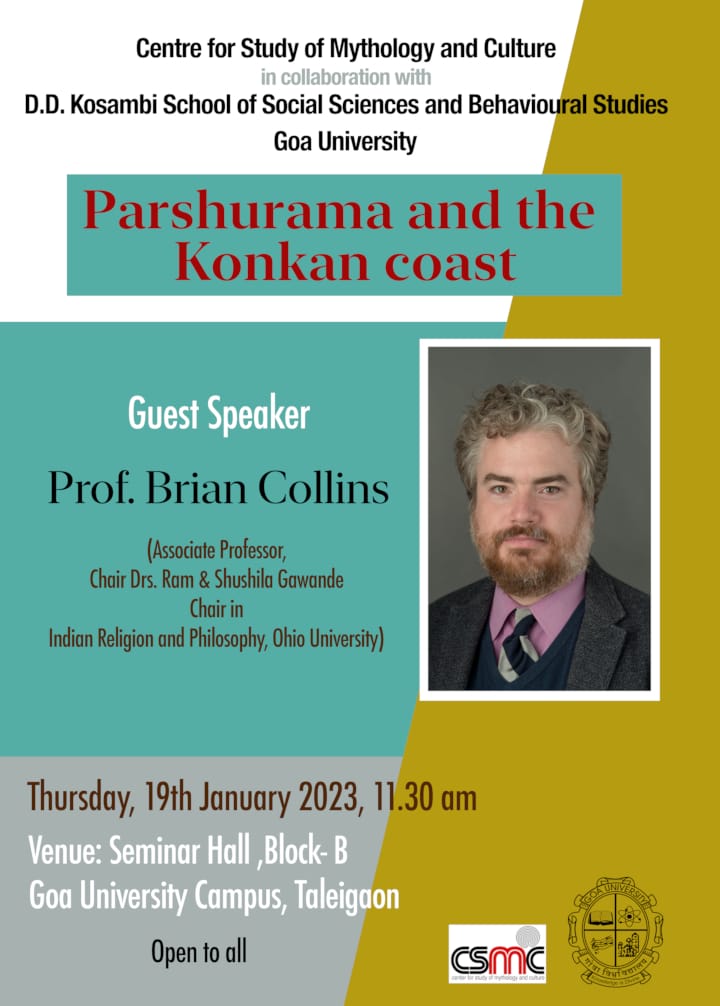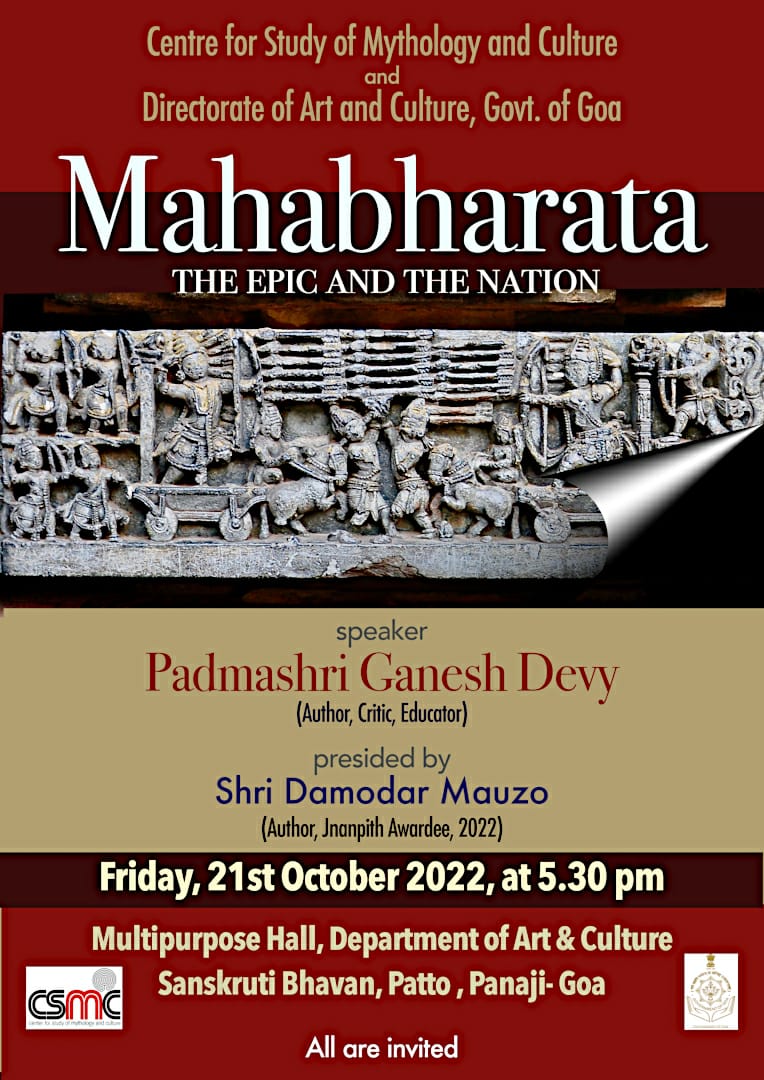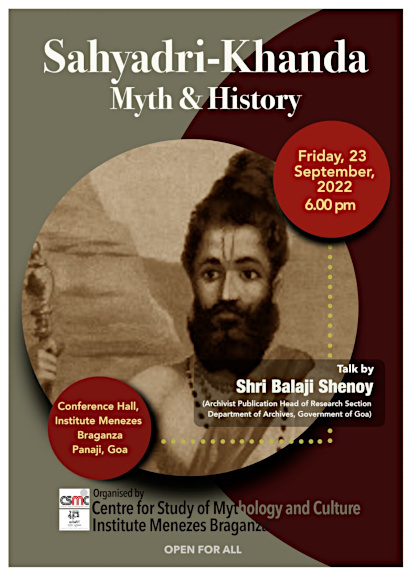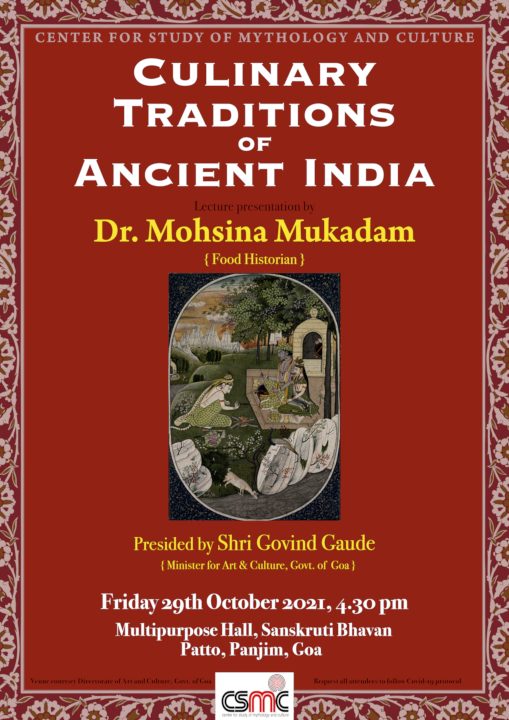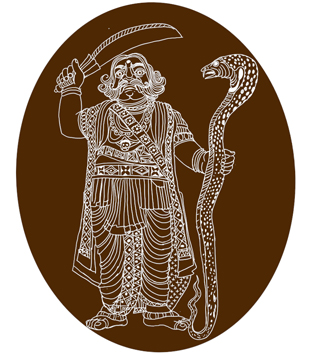
The tenth day of Navaratra is called Vijayadashmi or Dussehra, is celebrated as the day of triumph of Devi Mahishasurmardini over the asura, Mahisha. The story of Goddess Durga, or Katyayani and her victory is well known and popular. But very little is known about the asura she triumphed upon. Who was Mahishasura and what is his story?
Mahishasura is popularly represented in three forms – in his zoomorphic form he is shown as a buffalo, in the theriomorphic form he is supposed to have the body of a buffalo and the head of a man, and in anthropomorphic form he is shown in the form of a gigantic asura . Vamana Purana gives following account about the birth of Mahisha.
Sage Sindhudvipa, son of Suparshva was performing tapas on the Mandar mountain. Mahishmati the daughter of Viprachitti the asura and her gang of friends came strolling on a pleasure excursion to the vicinity of Mandara mountain. After a period of prolonged fun and frolic they decided to spend the night by the mountain. As they went around looking for an abode for their stay, they came across the beautiful hermitage of sage Sindhudvipa.
Mischievously they decided to threaten the occupant and take over the hermitage for their night stay. Thus they all assumed the form of fierce she buffaloes and attacked sage Sindhudvipa .
But sage Sindhudvipa was a seer, and through his yogic seeing he came to know that the buffaloes were none other than girls from asura clan. In a fit of anger, he cursed them to turn into she buffaloes for the rest of their lives. As soon as the girls heard the curse they realised the mistake of offending a formidable seer. They pleaded the sage to pardon them as it was just a prank, but alas! it was too late. Sindhudvipa finally took pity and gave a counter boon and said, they would return to their original form when Mahishmati the leader of the girl gang would give birth to a son.
Years passed, Mahishmati and her friends were once grazing on the banks of river Narmada.
Meanwhile, sage Sindhudvipa fell in love with a celestial nymph Indumati who was living by the banks of Narmada. The sage was so infatuated with Indumati that one day `he decided to meet her and express his love for her. But before meeting her he decided to take a dip in the river. Sindhudvipa was so excited with thought of meeting Indumati, that he dropped his seed into the river. When Mahishmati the buffalo drank the water from the same river, she swallowed the seed of Sindhudvipa and got pregnant. In due course she gave birth to a buffalo-son and named him Mahisha. Mahishmati and her friends were thus released from the curse of sage Sindhudvipa and gained back their original form.
Asura Mahisha grew up to become very intelligent and powerful asura on the earth. Eventually he became a threat to the existence of devas. To counter the threat of mahisha Gods decided to create Devi to destroy him. From the fire mountain formed out of the flames of anger from the eyes of Brahma, Vishnu, and Shankara emerged the Devi Katyayani, replendant as a thousand suns and having three eyes, with hair black as night and eighteen arms. Every god present there gave her a weapon for each hand. Shankara gave her trident, Vishnu a disc, Varuna gave her a conch , Agni gave her a dart, Yama gave her an iron rod, Vayu gave a bow, And Surya gave a quicker, Indra a thunder bolt, Kubera a mace, Brahma a rosary and water pot, Kala gave a sword and shield, Vishvakarma handed her battle axe and finally Himavan gave her a lion. Minor gods gave her different ornaments. Thus Devi-rupa or form was completed, and she went on to destroy Mahishasura.
———-
The story collected by : Vidya Kamat
Text: Elements of Hindu iconographyVo I part I by T. A. Gopinath Rao
Location: Pan India
Image copyright : Vidya Kamat
